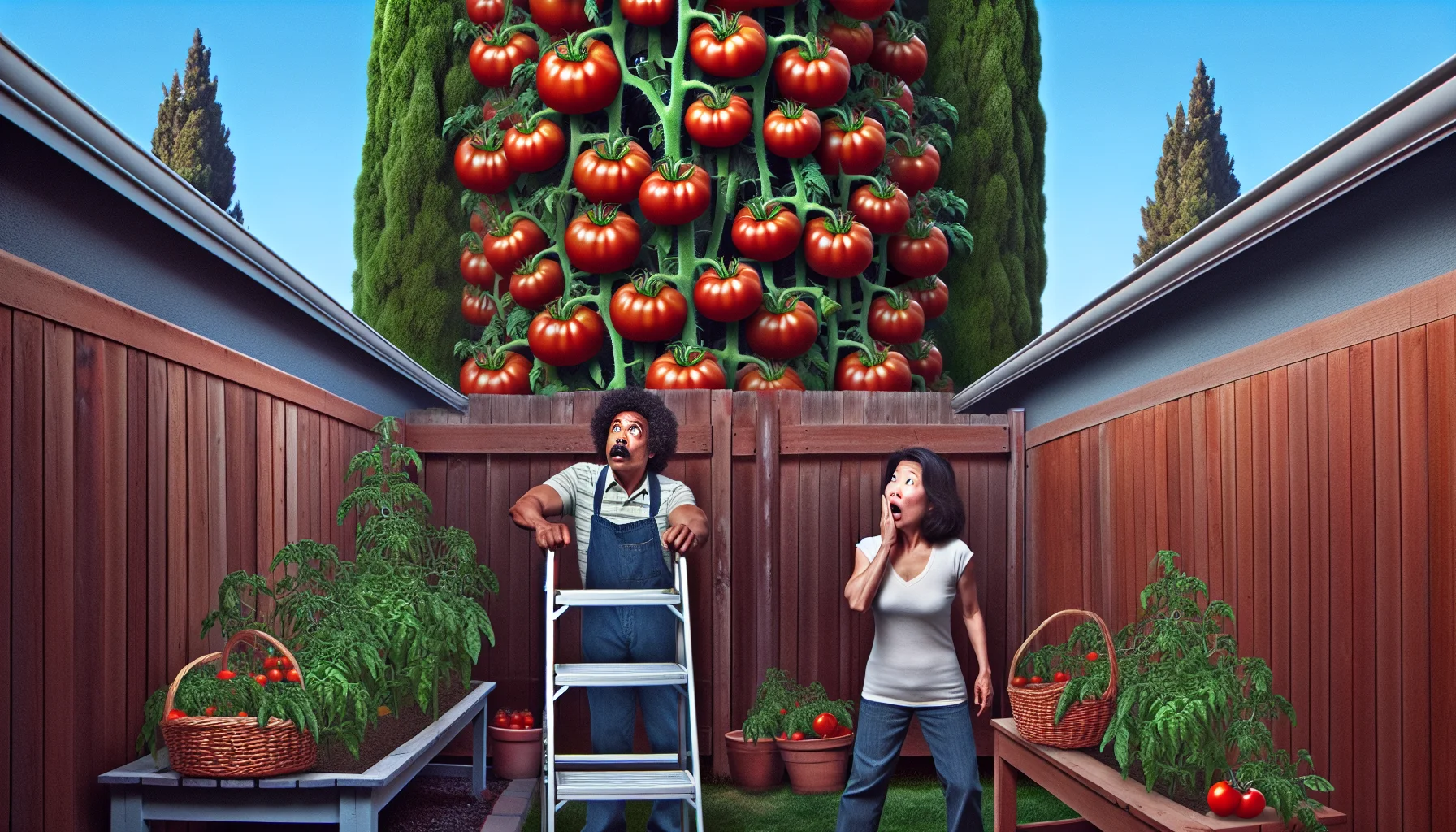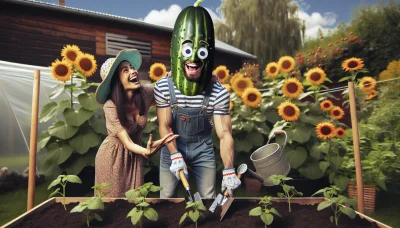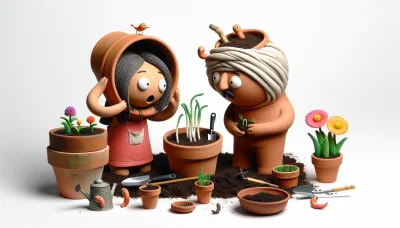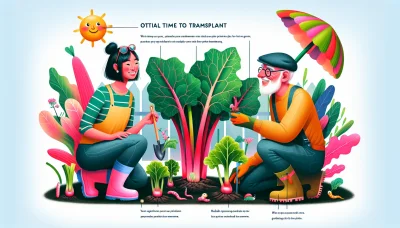How tall do tomato plants grow Quiz
Test Your Knowledge
Question of
How Tall Do Tomato Plants Grow?
Gardening enthusiasts often marvel at the versatility and variety within the world of tomato plants. From the tiny, compact cherry tomato varieties to the towering heirlooms, understanding how tall tomato plants can grow is essential for planning and maintaining a productive and beautiful garden. This exploration into the growth habits of tomato plants aims to provide gardeners with the knowledge needed to optimize their gardening space and yield a bountiful harvest.
Understanding Tomato Plant Varieties
Tomato plants can be broadly classified into two categories based on their growth habits: determinate and indeterminate. Determinate tomato plants, often referred to as "bush" tomatoes, grow to a certain height and then stop, usually topping out at about 3-4 feet. They tend to produce all their fruit in a relatively short period of time, which makes them ideal for those who wish to harvest tomatoes all at once, perhaps for canning purposes. On the other hand, indeterminate tomato plants continue to grow and produce fruit throughout the growing season until the first frost hits. They can reach heights of 6 feet or more, requiring staking or caging for support due to their vining nature. This continuous growth allows for a prolonged harvest, which is perfect for gardeners who enjoy fresh tomatoes throughout the summer and into the fall.
Average Heights of Tomato Plants
| Tomato Variety | Type | Average Mature Height |
|---|---|---|
| Roma | Determinate | 4 to 6 feet |
| Beefsteak | Indeterminate | 6 to 8 feet |
| Cherry | Indeterminate | 6 to 10 feet |
| San Marzano | Indeterminate | 5 to 6 feet |
| Early Girl | Indeterminate | 6 to 8 feet |
| Brandywine | Indeterminate | 7 to 9 feet |
| Patio Princess | Determinate | 18 to 24 inches |
| Better Bush | Determinate | 3 to 5 feet |
Factors Influencing Tomato Plant Growth
- Sunlight
- Soil Type
- Water
- Nutrition
Supporting Your Tomato Plants
Supporting tomato plants with stakes or cages is crucial, especially for the taller varieties. This practice not only helps in keeping the plants upright, preventing them from bending or breaking under the weight of their fruit, but also improves air circulation around the plant. Improved air circulation reduces the risk of diseases and pests. Additionally, supporting your tomato plants makes it easier to harvest the fruit and keeps the tomatoes cleaner by preventing them from touching the ground. Whether you choose stakes, cages, or another support method, ensuring your tomato plants have the support they need will lead to healthier plants and a more bountiful harvest.
Pruning for Optimal Growth
Pruning plays a crucial role in managing the growth and health of tomato plants, especially for indeterminate varieties that continue to grow and produce fruit until the first frost. By selectively removing parts of the plant, gardeners can direct energy towards the production of fruit rather than excessive foliage. This process not only helps in controlling the height of the plant, making it more manageable, but also improves air circulation around the foliage. Improved air circulation reduces the risk of diseases such as fungal infections, which thrive in damp, poorly ventilated conditions. Furthermore, pruning allows for better sunlight penetration, which is essential for the development of healthy fruits. Overall, regular and strategic pruning is key to maximizing both the yield and the health of tomato plants.
Maximizing Your Tomato Plant's Potential
To ensure your tomato plants reach their optimal height and health, it's crucial to start with selecting the right variety that suits your climate and to plant them in a location that receives ample sunlight. Proper spacing is essential to prevent overcrowding and promote air circulation, reducing the risk of disease. Regular watering, keeping the soil consistently moist but not waterlogged, and a balanced fertilization regime tailored to the plant's growth stages are key. Support structures like cages or stakes are necessary to support the plant as it grows. Finally, regular monitoring for pests and diseases, along with appropriate preventative measures, will help your tomato plants thrive.












